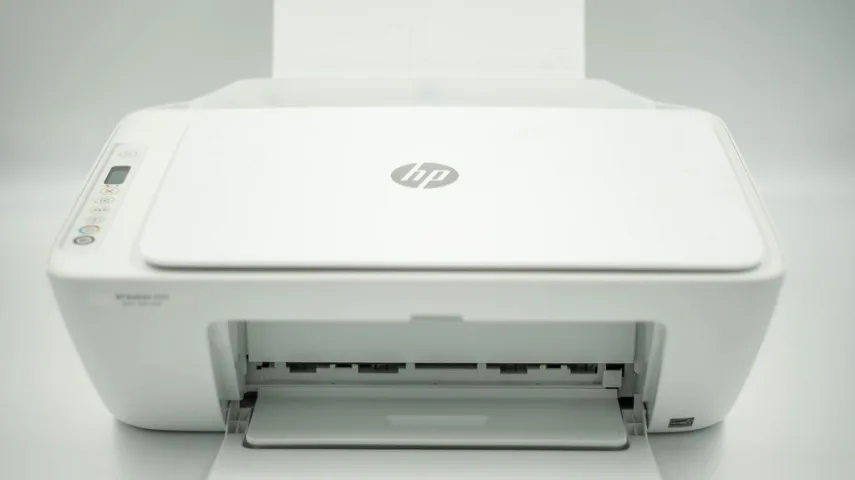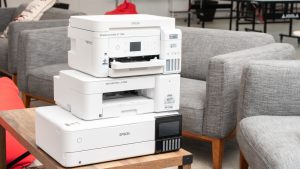
Inkjet printers have become an indispensable tool in our daily lives, whether for personal or professional use. However, many users have often wondered why inkjet cartridges are so expensive. In this blog post, we will delve into the complexities of inkjet technology and explore the factors that contribute to the high cost of inkjet printing.
- Research and Development:
Behind every inkjet printer lies years of research and development. Manufacturers invest significant resources in designing and improving the technology to ensure optimal performance, print quality, and reliability. This continuous innovation requires substantial financial investment, which is reflected in the price of inkjet printers and cartridges. - Precision Engineering:
Inkjet printers are marvels of precision engineering. The microscopic nozzles in the print head must accurately deliver tiny droplets of ink onto the paper, resulting in sharp and vibrant prints. Achieving this level of precision requires advanced manufacturing techniques and high-quality materials, both of which contribute to the overall cost of inkjet printers. - Ink Formulation:
The ink used in inkjet printers is a complex mixture of pigments, solvents, and additives. Manufacturers meticulously formulate inks to ensure color accuracy, fade resistance, and fast drying times. Developing these specialized ink formulations involves extensive research and testing, which adds to the cost of inkjet cartridges. - Print Yield and Cartridge Design:
Inkjet cartridges are designed to provide a specific number of pages before needing replacement. The print yield depends on various factors, including the cartridge capacity, print settings, and the type of documents being printed. Manufacturers invest in optimizing cartridge design to maximize print yield while maintaining print quality. However, this engineering effort contributes to the higher cost of inkjet cartridges. - Market Competition:
The inkjet printer market is highly competitive, with numerous manufacturers vying for market share. To remain competitive, manufacturers often sell printers at lower prices and compensate for the loss by pricing ink cartridges higher. This pricing strategy, known as the "razor and blades" model, allows manufacturers to recoup their costs and generate profits through ink sales. - Branding and Marketing:
Branding and marketing efforts also contribute to the overall cost of inkjet printers. Manufacturers invest in advertising, packaging, and promoting their products to create brand recognition and customer loyalty. These expenses are factored into the product's price, including the cost of ink cartridges.
Conclusion:
The high cost of inkjet printing can be attributed to a combination of factors, including research and development, precision engineering, ink formulation, print yield, market competition, and branding. While the price of inkjet cartridges may seem steep, it is important to consider the ongoing investment and technological advancements that enable high-quality printing. By understanding the complexities behind inkjet printing, users can make informed decisions when purchasing printers and managing their printing needs.


